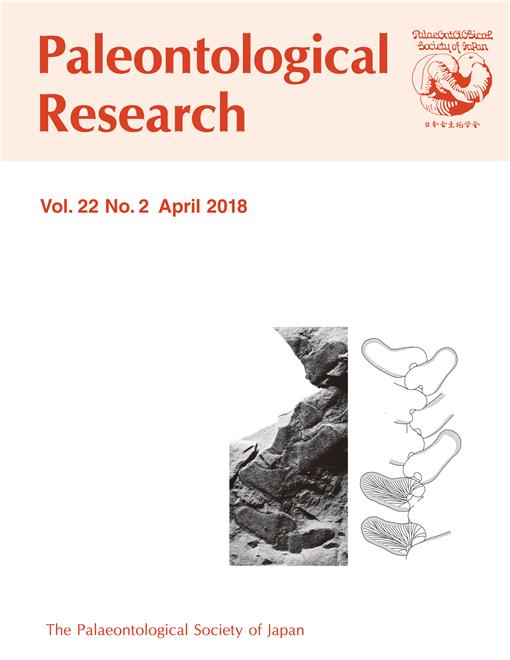We report the fourth record of a fossil whale-fall community in Japan. The new material consists of a single whale bone in association mainly with small bathymodiolin mussels, Adipicola sp., found in the Karumai Formation (late middle Miocene—early late Miocene) in the Hobetsu area of Hokkaido, Japan. This association of whale bone and Adipicola sp. and its mode of occurrence resembles the description of some other ancient whale-fall communities dominated by small mussels from the Olympic Peninsula in Washington State (early Oligocene), Shosanbetsu in Hokkaido (early middle Miocene) and Carpineti in northern Italy (middle Miocene) and constitutes an example of a chemosynthesis-based community sustained by whale-fall decay in the Miocene deep sea. The new example extends the Miocene distribution of bathymodiolin-dominated whale-fall communities to the northwestern Pacific Ocean.
How to translate text using browser tools
1 April 2018
A New Miocene Whale-Fall Community Dominated by the Bathymodiolin Mussel Adipicola from the Hobetsu Area, Hokkaido, Japan
Robert G. Jenkins,
Andrzej Kaim,
Kazutaka Amano,
Kazuhiko Sakurai,
Kosuke Matsubara
ACCESS THE FULL ARTICLE

Paleontological Research
Vol. 22 • No. 2
April 2018
Vol. 22 • No. 2
April 2018
bivalve
chemosynthesis-based ecosystem
deep sea
Miocene
Pacific Ocean
whale-fall community




